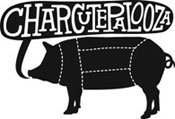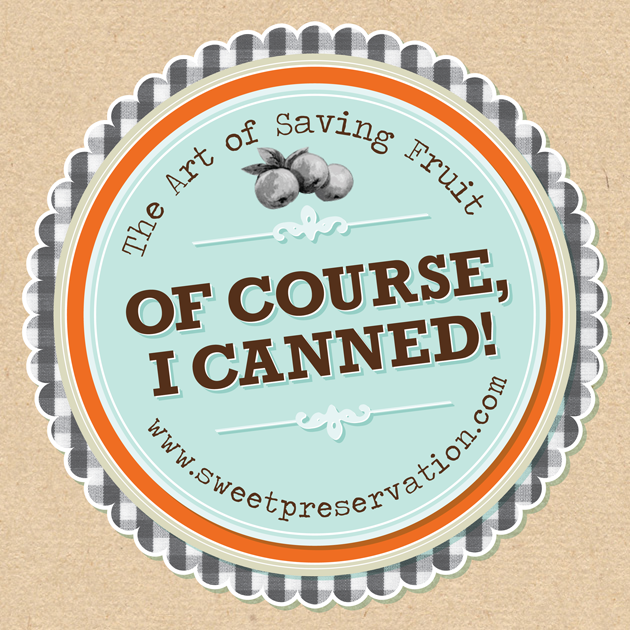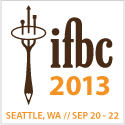Quince Paste (Membrillo)
 Wednesday, January 26, 2011 at 5:02PM
Wednesday, January 26, 2011 at 5:02PM Quince Paste is a firm, slice-able fruit gel. It has a wonderful intense fruit flavor, with slightly floral qualities. It is also known as Membrillo or Quince Cheese in other parts of the world.
Quince Paste is commonly served with breakfast breads. Sometimes it is soft enough it can be spread on the breads, but it is usually very thick. It can also be used to accompany roast meats and other savory dishes, with its rich sweet flavor complementing a range of foods, especially when eaten in contrast with something a bit salty. In Spain, quince paste & Manchego cheese is a very popular snack, with some people considering it the national dish of Spain.
I pour my quince paste into greased aluminum molds while it's hot (and before it firms up). You can also just pour it into a square or rectangular greased pan and cut it into squares or shapes with a cookie cutter.
Makes ~ 30 ounces (filled 10 - 3 oz molds)
- 6 large quince, washed & quartered (~ 5 pounds)
- 3 lemons, juiced
- 5-6 cups sugar
- vanilla bean (completely optional / non-traditional)
1.) Place quince quarters in a large pan or stockpot. Add enough water to barely cover the fruit. (Add the optional vanilla bean at this point, or even a piece of one.) Bring to a boil over medium heat, then reduce heat to a simmer and cook about an hour, or until very tender. (Keep an eye on them; you might need to add a little more water from time to time.) Turn off heat and let quince stand for several hours.
2.) Gently smash the quince quarters with a potato masher, then pour the entire mixture into a seive which is on top of another large pan or bowl, pressing to push the solids through, or run it through a food mill. (The peels, seeds and cores should remain in the seive or food mill.)
3.) Measure the puree back into a large heavy-bottomed, non-reactive pan. (In other words, don't use an aluminum, copper, or cast iron pan when cooking with lemon juice.) Add an equal amount of sugar, plus the lemon juice.
4.) Simmer over low heat for 20 minutes, stirring often to dissolve the sugar. You can increase the heat a little if you are going to be diligent about babysitting the pan and stirring the mixture often. It might take an hour or more for it to thicken completely. It will also become darker. You'll know it's ready to pour into your mold(s) or jars when you can scrape a spoon across the pan and see the bottom of the pan for a few seconds.
>>> I like to use an immersion blender to smooth out the puree once or twice during the last 15 minutes to ensure a satiny consistency.
5.) Ladle into molds, a prepared pan, or into clean sterile jars with lids, and put the quince paste into the refrigerator to "cure". If you have poured all of the mixture into one pan, please cover it well. If using molds, let them sit overnight to firm up, then unmold them into other containers with tight-fitting lids. You might need to invert them and run hot water over them briefly to loosen them, as with aspic or gelatin molds.
The quince paste is best after 4 weeks, and will keep refrigerated for up to one year.
Link to Quince Paste article with step-by-step photos
 Brook Hurst Stephens | Comments Off |
Brook Hurst Stephens | Comments Off | 







